Table of Contents Show
In tempestuous times, sources of guidance can come from unexpected places. During the current wave of unrest, one of the most relevant and instructive sources is How To Train Your Dragon, a 2010 animated film. On its surface, How To Train Your Dragon is a beautiful story of friendship, trust, and self-actualization. Yet, it also offers a fascinating picture of conflict and the remedies for it. How to Train Your Dragon portrays empathy, critical thinking, and creativity as a cure for conflict and a framework for change.
From Conformist To Radical In Three Simple Steps
The very start of the movie introduces the audience to the world’s status quo. Opening in the midst of a dragon raid on a Viking village, the film shows dozens of dragons swooping in and grabbing sheep while the Vikings try to defend their livestock. The protagonist, Hiccup, narrates this with enthusiasm, even though he is too physically weak to really participate. He manages to shoot down a Night Fury, the most dangerous and elusive kind of dragon, to his surprise. The dragon lands far away in the forest, and he rushes out after the raid to slay it and claim the glory.
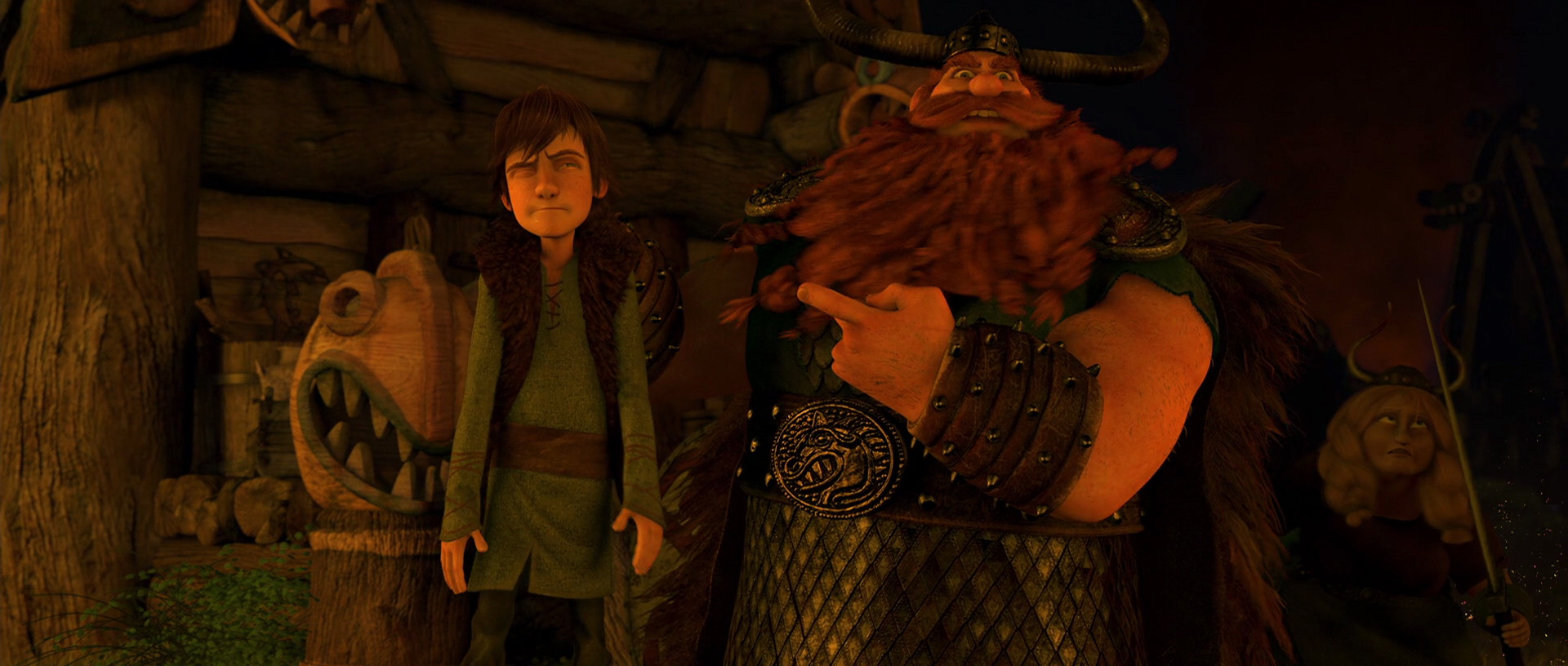
Immediately, the audience sees his desperation to be an excellent dragon-killer like everyone else. His wish is understandable; his entire culture revolves around killing dragons, and the other young Vikings are all much better at it than he is. Furthermore, his clumsiness and diminutive stature have turned most of the village against him. At first, he yearns to fit in and does everything he can to fight like the others. Yet as he starts to befriend the dragon he intended to kill, he learns to see the world differently.
Hiccup’s Empathy Opens New Doors
After the initial raid, Hiccup immediately runs out to find the injured Night Fury. Killing such a creature would earn him admiration from the entire village, but when he finds the dragon all tied up in his net, he is unable to take its life. Instead, he cuts it loose and assumes that he doesn’t have the constitution to kill dragons.
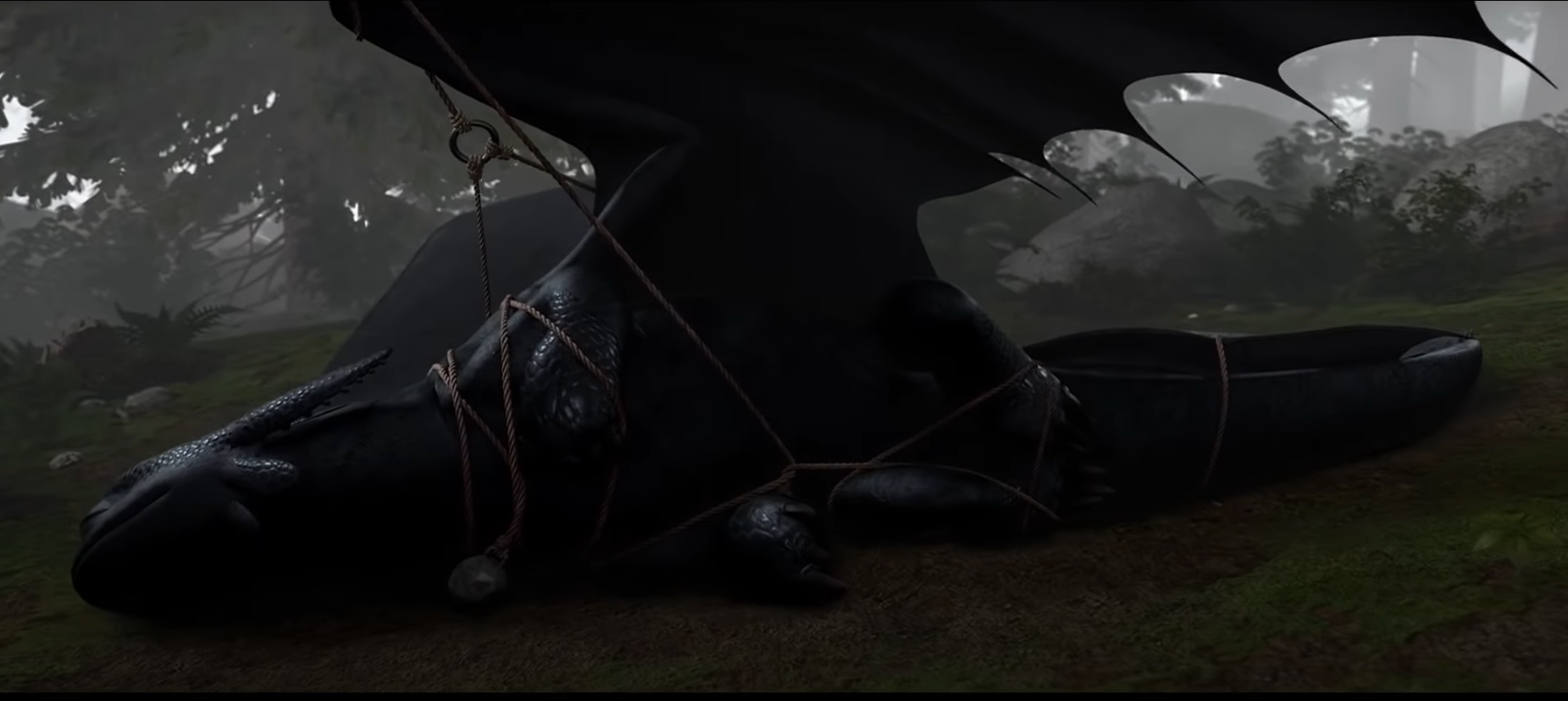
When he explains the event later, the audience learns that his empathy ultimately stopped him from killing the Night Fury.
“I couldn’t kill him because he looked just as scared as I was. I looked at him and I saw myself.”
Hiccup, How To Train Your Dragon
Empathy is the ability to infer and feel others’ emotions. People with a strong sense of empathy are often able to understand what another person might be feeling and act accordingly. Although empathy isn’t always necessary for compassion or kindness, it tends to facilitate both. Remarkably, Hiccup empathizes with a nonhuman creature that he’d been conditioned from birth to hate. Hiccup sees this as a weakness for much of the movie, but later, he realizes that his “failure” to kill the dragon unlocked both a new friendship and a new way of life for his village.
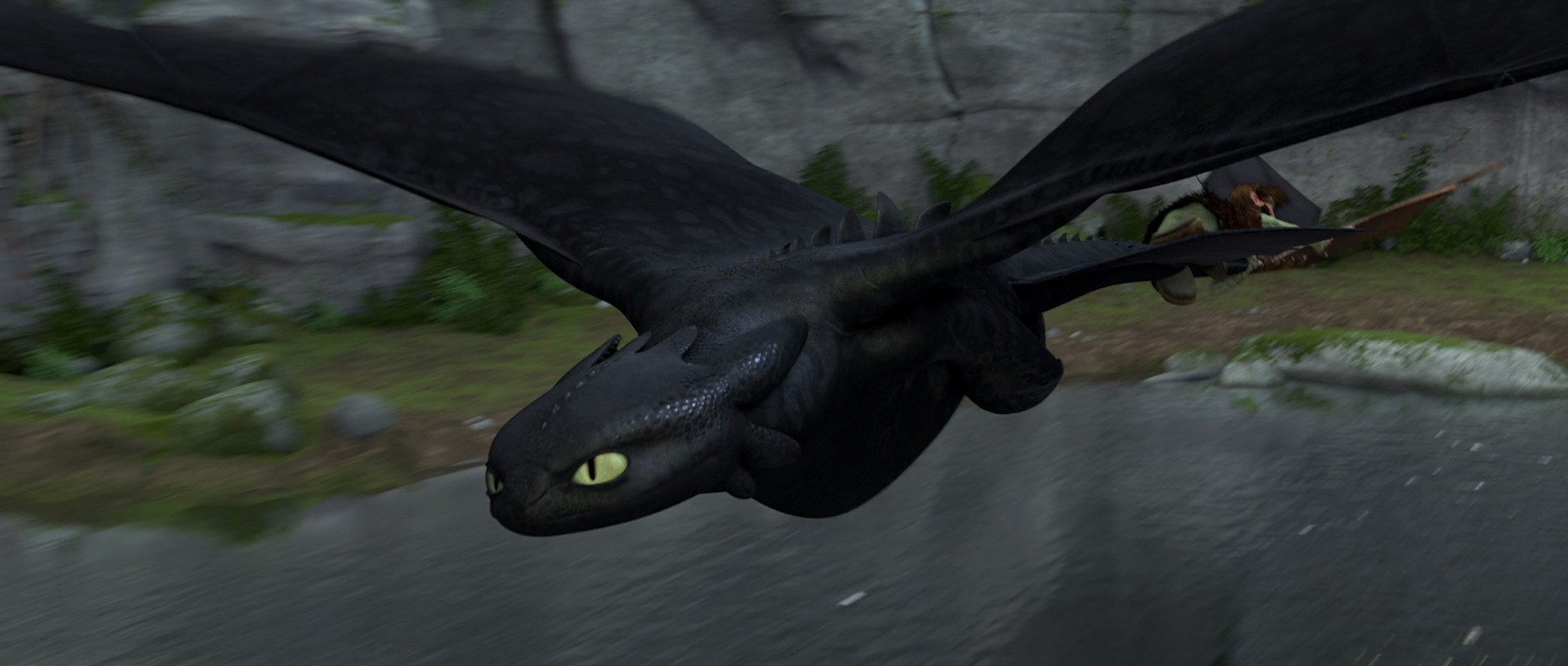
His empathy is also what prevents him from leaving the injured Night Fury to die. The contraption Hiccup used to shoot down the dragon also cut off its left tail fin, preventing it from flying away. When Gobber, the training instructor, tells him that “a downed dragon is a dead dragon,” Hiccup spends two entire montages building and perfecting a prosthetic tail fin. His determination to make up for what he did helps him gain the dragon’s trust. Hiccup names the dragon Toothless, and they form an unlikely yet strong friendship that motivates Hiccup to change his village’s narrow way of thinking.
Critical Thinking Challenges Old Ideas
In Hiccup’s case, empathy allowed him to see through his society’s destructive mindset for the first time. From there, he uses critical thinking to test his new perspective. Critical thinking involves being skeptical about what one is told and open to reliable evidence. Right after Hiccup cuts Toothless loose, the dragon pins him down and roars in his face before flying away. As scary as the experience is, it is in stark contrast to Gobber’s warning that a dragon will “always go for the kill.” When Hiccup’s experiences contrast with his culture’s teachings, he doesn’t immediately reject everything he was taught, nor does he brush off his encounter as a fluke. Instead, he carefully searches for more evidence.
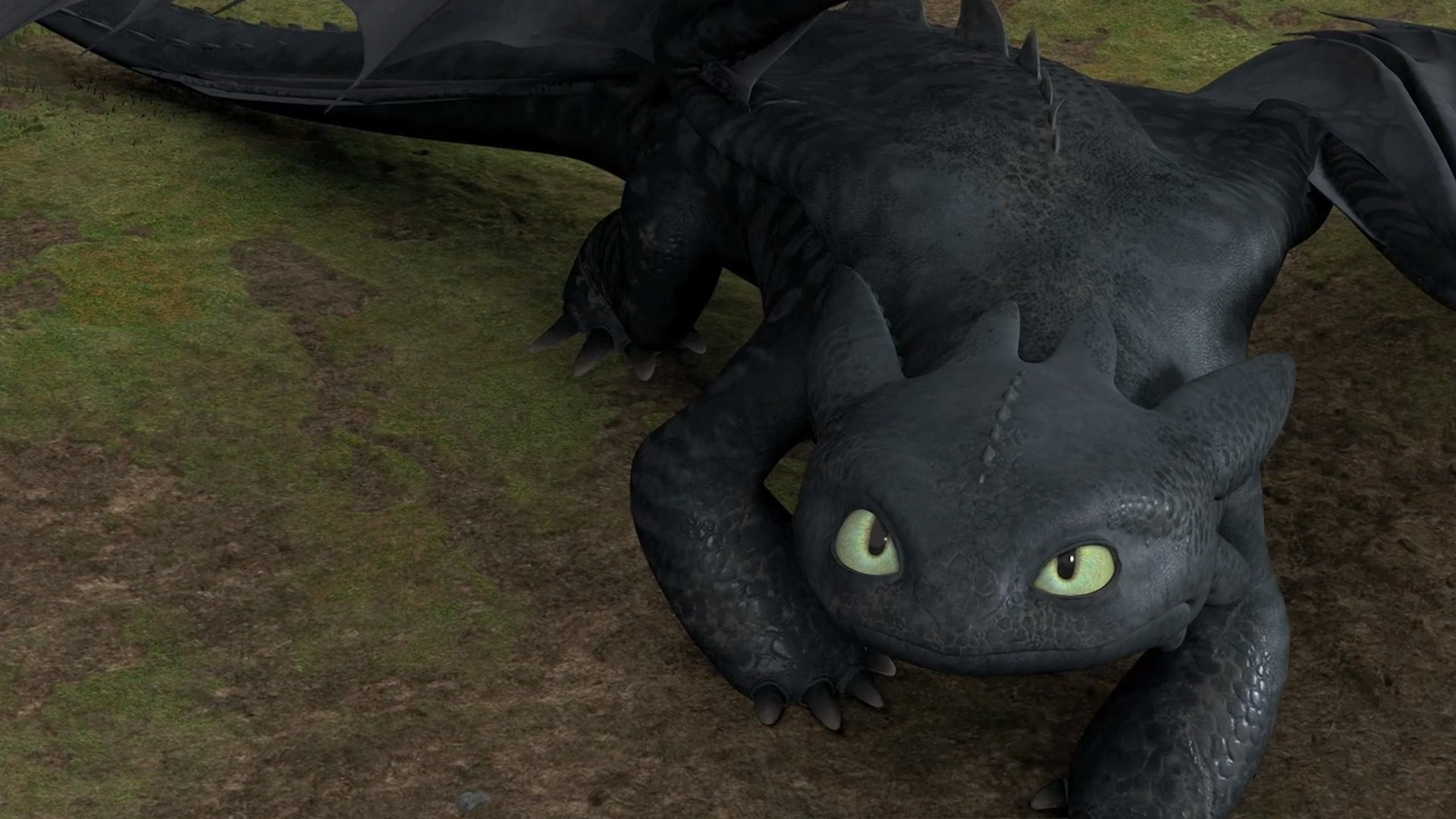
As Hiccup’s interactions with Toothless become less tense and more frequent, he starts to realize that the traditional ideas about dragons aren’t actually true. Although lots of anecdotal evidence would tell him otherwise, Hiccup soon sees that dragons aren’t inherently aggressive. He even takes things a step further by making observations about Toothless and applying them to the dragons he encounters during training. He finds similar results, and his new mindset grows stronger. His process mirrors critical thinking: taking anecdotes with a grain of salt, being careful about drawing conclusions, and being willing to change one’s mind if needed.
By contrast, the other Vikings aren’t as open-minded. When Hiccup is forced to kill a dragon in the training ring, he tries to show everyone that he can tame the dragon rather than fight it. He nearly succeeds, but instead of letting him upset the status quo, the chief yells to stop the fight, which enrages the dragon and causes it to attack Hiccup. Instead of considering the new evidence, the chief and the other Vikings double down on their prejudice and don’t allow Hiccup to show them a better way.
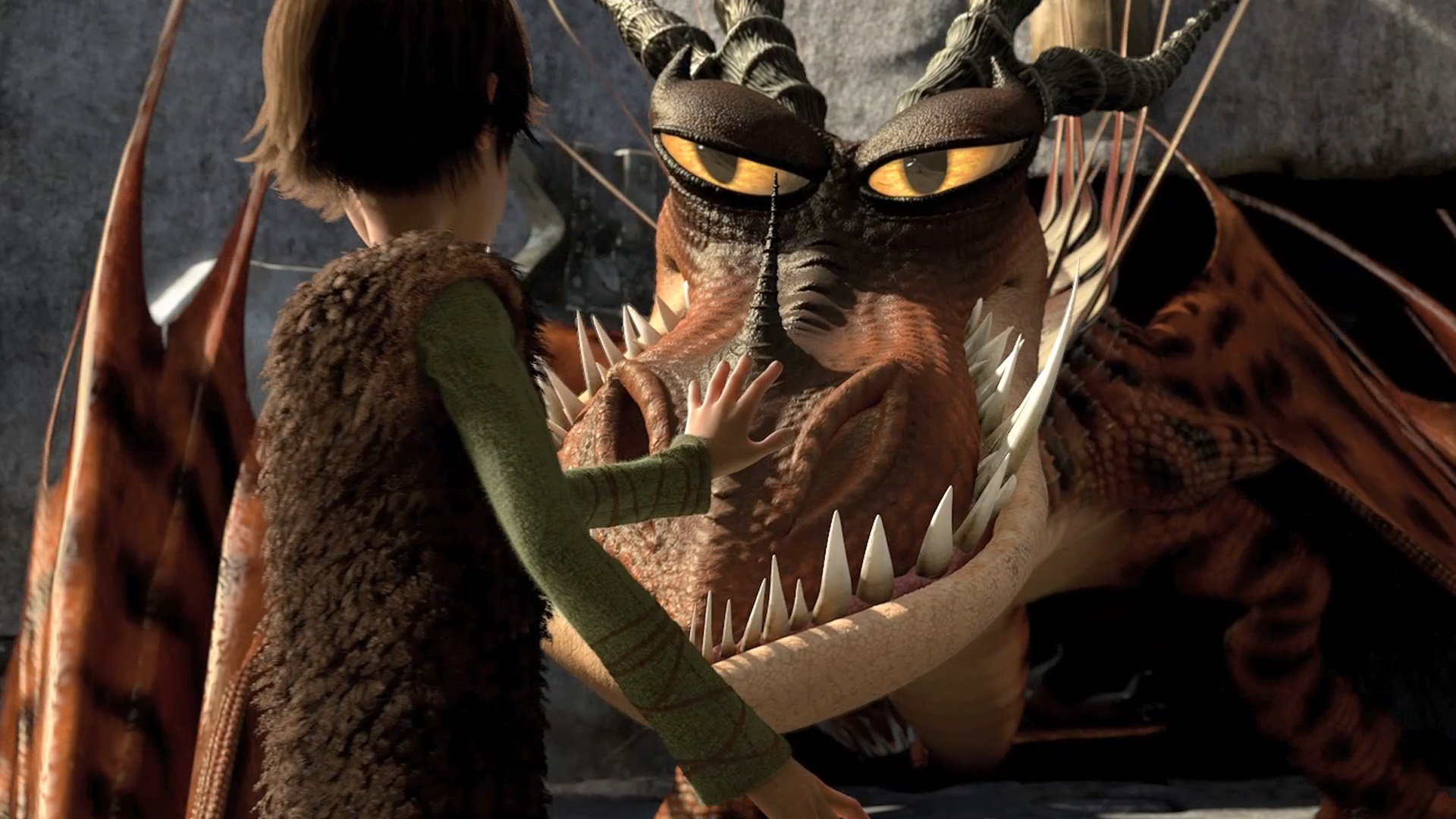
Of course, the Vikings aren’t wrong to defend their homes, and, understandably, they would hate dragons because of the constant raids. After generations of culturally-ingrained anger towards dragons, it would be unrealistic for all the Vikings to want peace suddenly. However, they take it too far when they willfully suppress evidence that suggests their perceptions are wrong. No matter how destructive their viewpoint is, they cling to it because it is important and familiar. In fact, the reason Hiccup managed to change so quickly is partially because he was disadvantaged by the culture he was supposed to revere. If he had been a strong, tough fighter like his society wanted, he probably wouldn’t have spared a second thought about killing Toothless. Those who benefit from a culture are the least likely to want to change it.
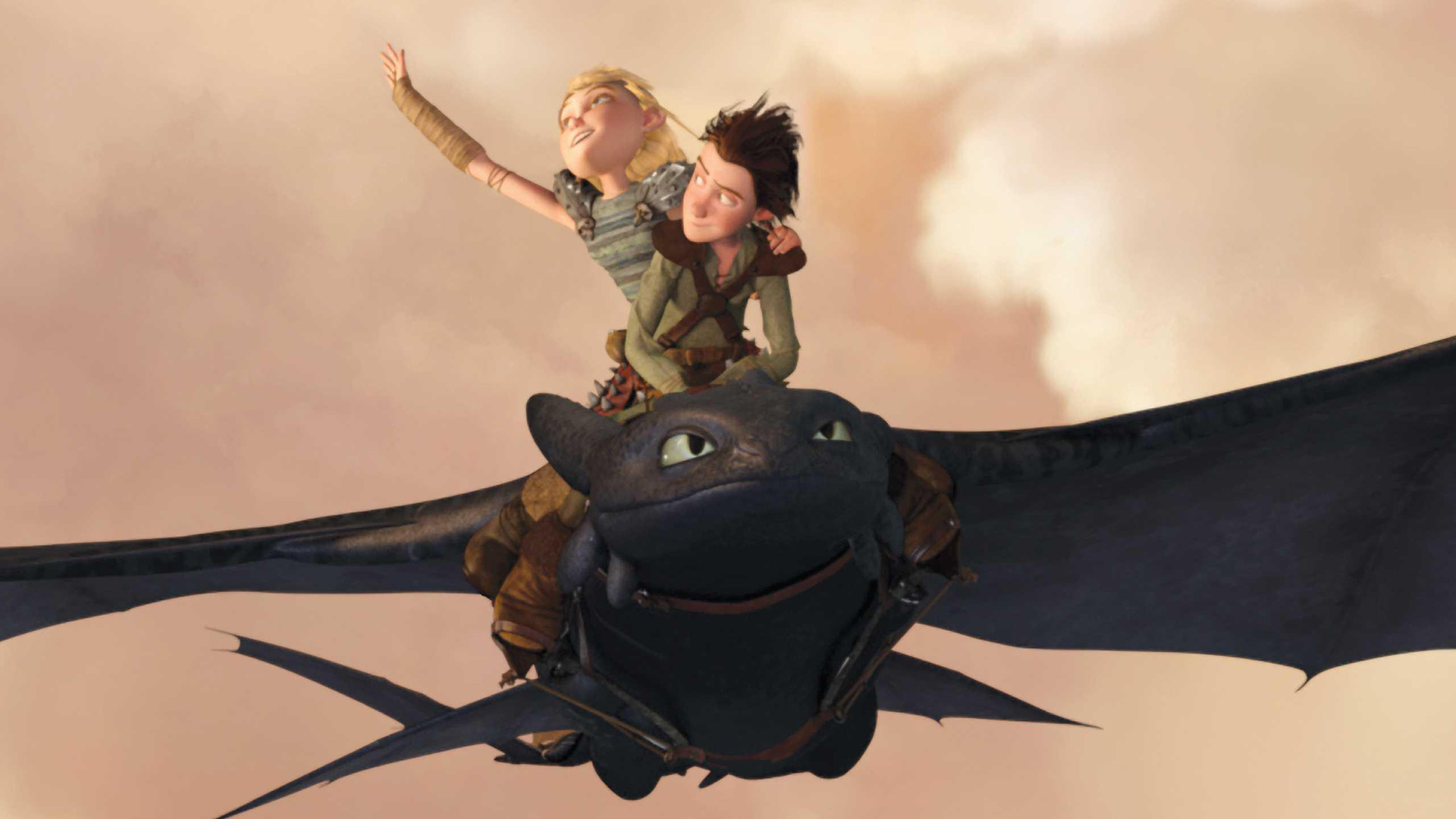
However, even they can learn. Astrid shows this quite well. Since she excels at fighting dragons, she has a lot to lose by revealing that dragons aren’t violent monsters. When Hiccup tries to explain that Toothless is harmless, she doesn’t believe him and tries to warn the village. Hiccup has to force her to give Toothless a chance. Once she does, however, she admits she was wrong and helps Hiccup convince the others. How To Train Your Dragon shows that although rejecting an incorrect yet long-held belief can be hard, it is often beneficial. When the Vikings change their perspective about dragons, they find new solutions to the raids that didn’t previously seem possible.
Hiccup’s Creativity Overcomes Obstacles
Once he realizes that his culture’s teachings are dangerously flawed, Hiccup comes up with creative ways to get around them. In dragon training, while the other students fight dragons with axes and spears, Hiccup uses tools like eels, grass, and beams of light. This allows him to become top of the class despite his incompetence with weapons. Because the Vikings’ way of thought is so rigid and narrow, they only see one solution to the dragon problem: violence. Hiccup has a more nuanced understanding of dragons and can therefore get creative about how to handle them.
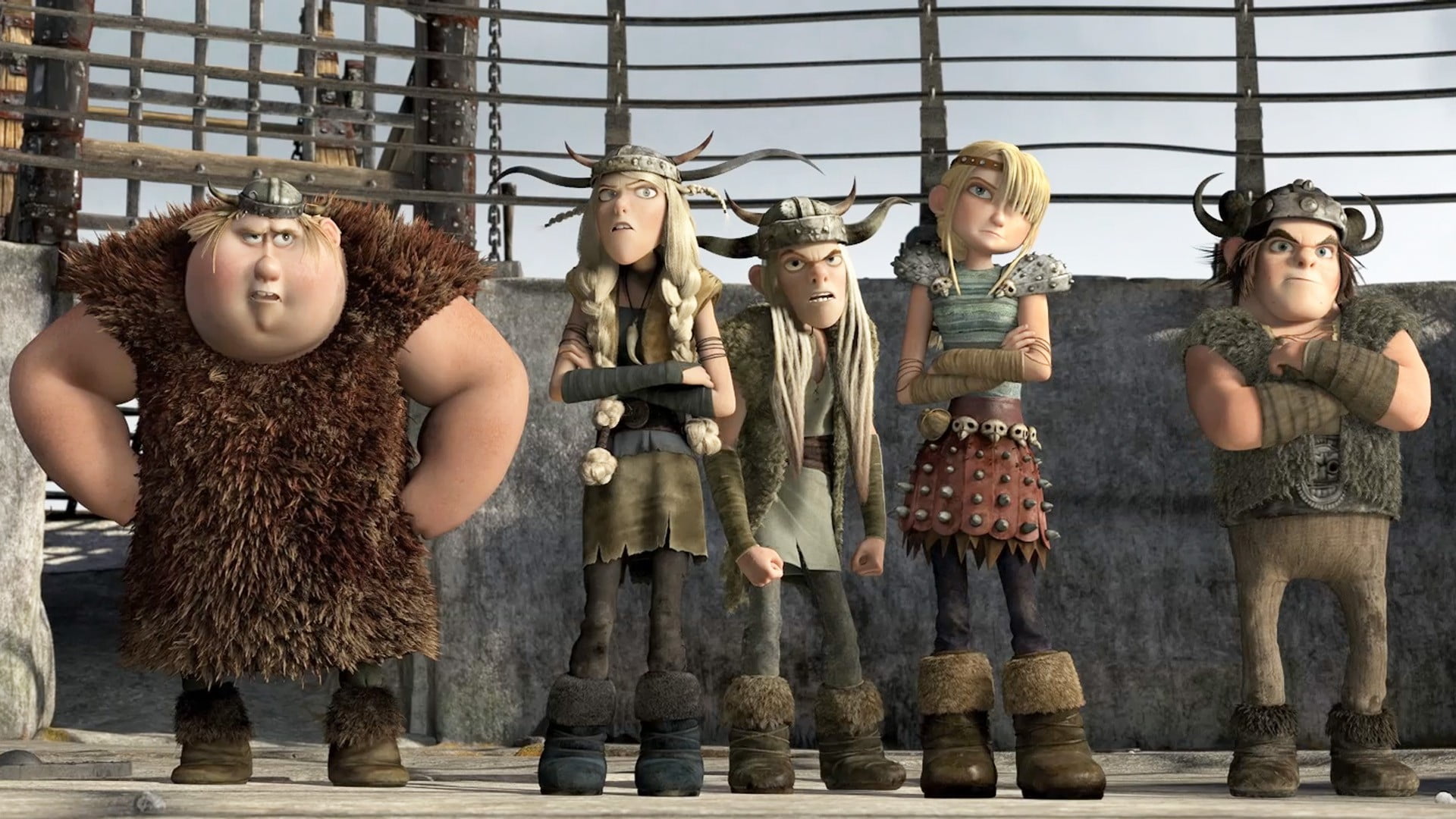
However, this creativity only came after empathy, and critical thinking opened him up to the possibility of a different solution. Hiccup likely wouldn’t have tried nonviolent tactics in dragon training if he still thought dragons were inherently aggressive. In that case, trying a creative solution would have been much too risky. Similarly, solving conflicts and coming up with better solutions often requires a change in perception.
A Toolbox For Change
Through empathy, critical thinking, and creativity, Hiccup uncovers a surprising truth about dragons. However, the other Vikings remain determined to wipe them out for good. Near the end, they capture Toothless and use him to find the dragons’ nest. In the process, they accidentally awaken the Red Death, a massive, tyrannical beast that has been forcing all the other dragons to bring it food.
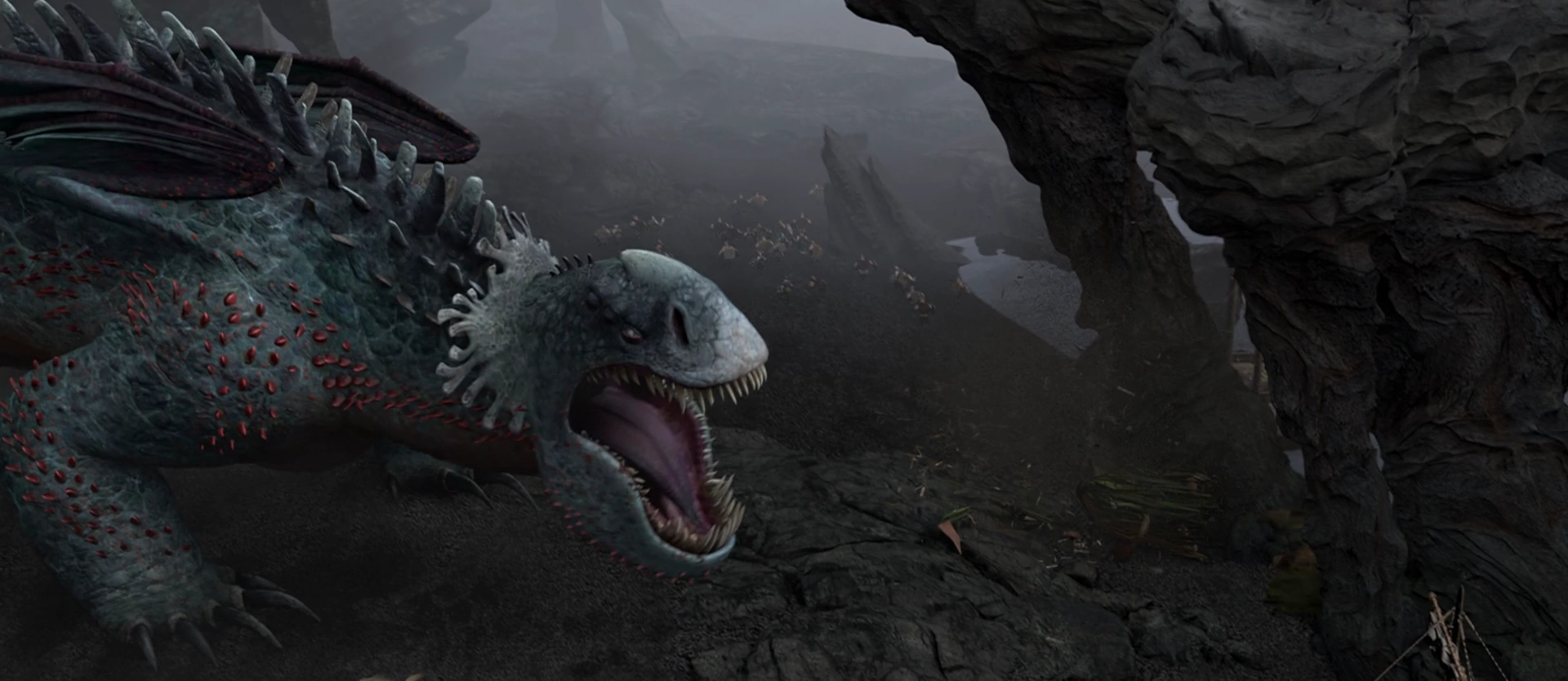
This dragon is unlike anything the Vikings have previously seen, and it is an impossible foe for them to fight. When it emerges from the volcano, the chief realizes just how wrong he was to ignore Hiccup’s warnings and seek out conflict. Luckily, Hiccup and the other trainees arrive on dragon-back and save the day. Watching the young Vikings cooperate with dragons to defeat such a terrifying villain finally convinces the rest of the village to accept Hiccup’s new ideas.
This ending shows that societies must adopt these tools for change on a wide scale before becoming effective. Hiccup alone wasn’t able to convince the other Vikings that the fight against dragons needed to end. Only with the help of his peers was he able to prove that dragons could be an ally, not an enemy.
Classic Film, Timeless Message
Even though How To Train Your Dragon is a decade old, its message about empathy, creativity, and critical thinking is more relevant now than ever. Calls for change are becoming louder on several fronts, but progress remains slow. How To Train Your Dragon’s strategy can be applied to real-life and may potentially help negotiate societal conflicts.
Empathy Is Key For Understanding
In How To Train Your Dragon, a single moment of empathy ended up causing a massive societal shift. In real life, empathy can soothe conflicts and promote collaboration between opposing sides. When people on opposite sides of an issue can understand each other’s concerns and see why the disagreement stands, it can shift the frustration away from the other side and towards the issue itself. Only then can everyone work together on a solution.
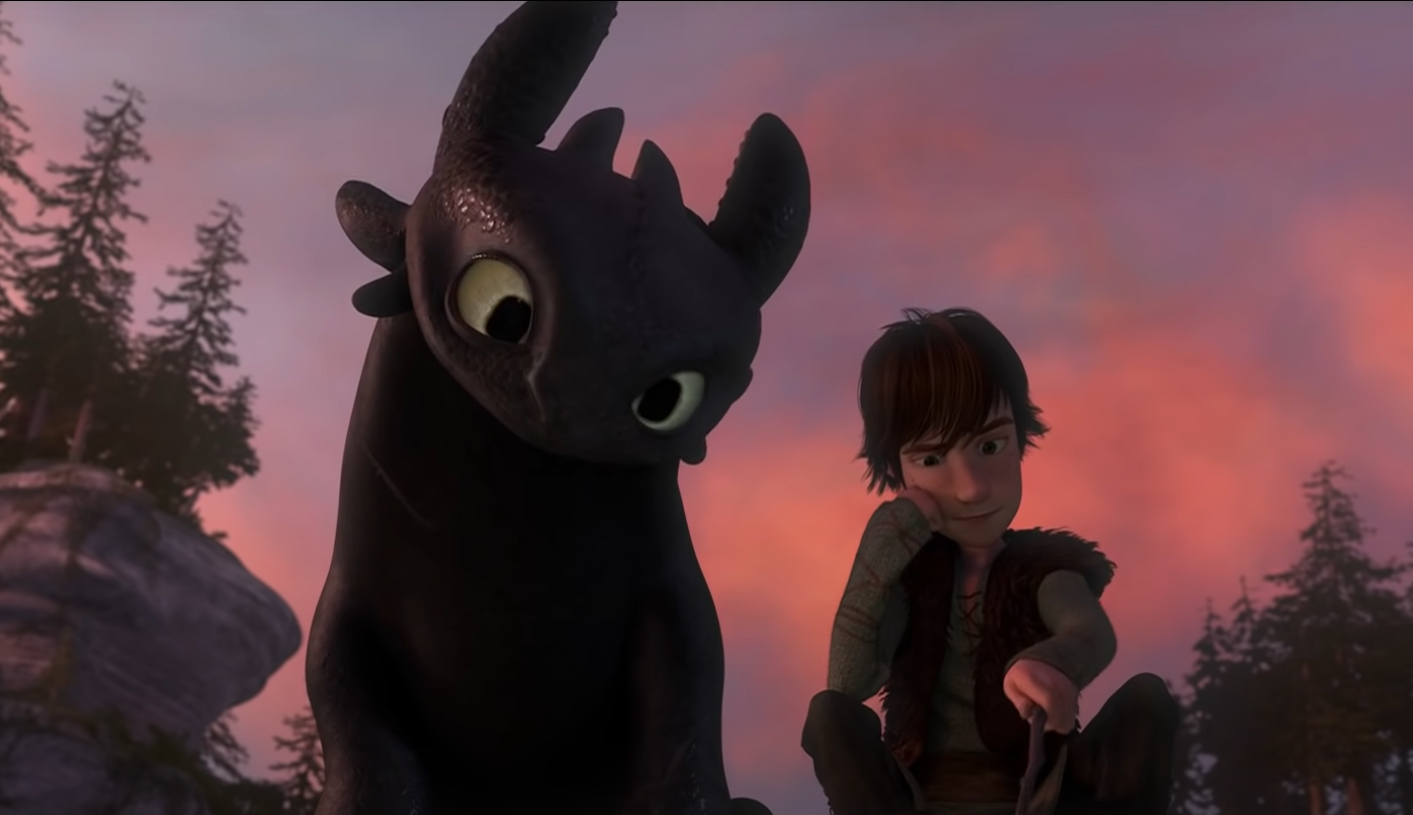
A lack of empathy often results in dehumanization. If two sides of a conflict only see each other as enemies, the potential for compromise and reconciliation is extinguished. Of course, there are some situations in which one side is clearly in the wrong or too morally corrupt to warrant open ears. However, many conflicts benefit from mutual respect, or at least an affirmation of common ground. Empathy alone isn’t enough to solve conflicts, but it is a helpful first step in ending a conflict and bringing about change.
Skepticism Reveals The Right Path
Out of all the traits examined by How To Train Your Dragon, critical thinking is perhaps the most vital. In the current era of misinformation and hearsay, skepticism is crucial to an informed and enlightened society. Common sense is not reliable. Gut instinct is not evidence. Believing something just because it “feels right” can and does lead people to make bad choices.
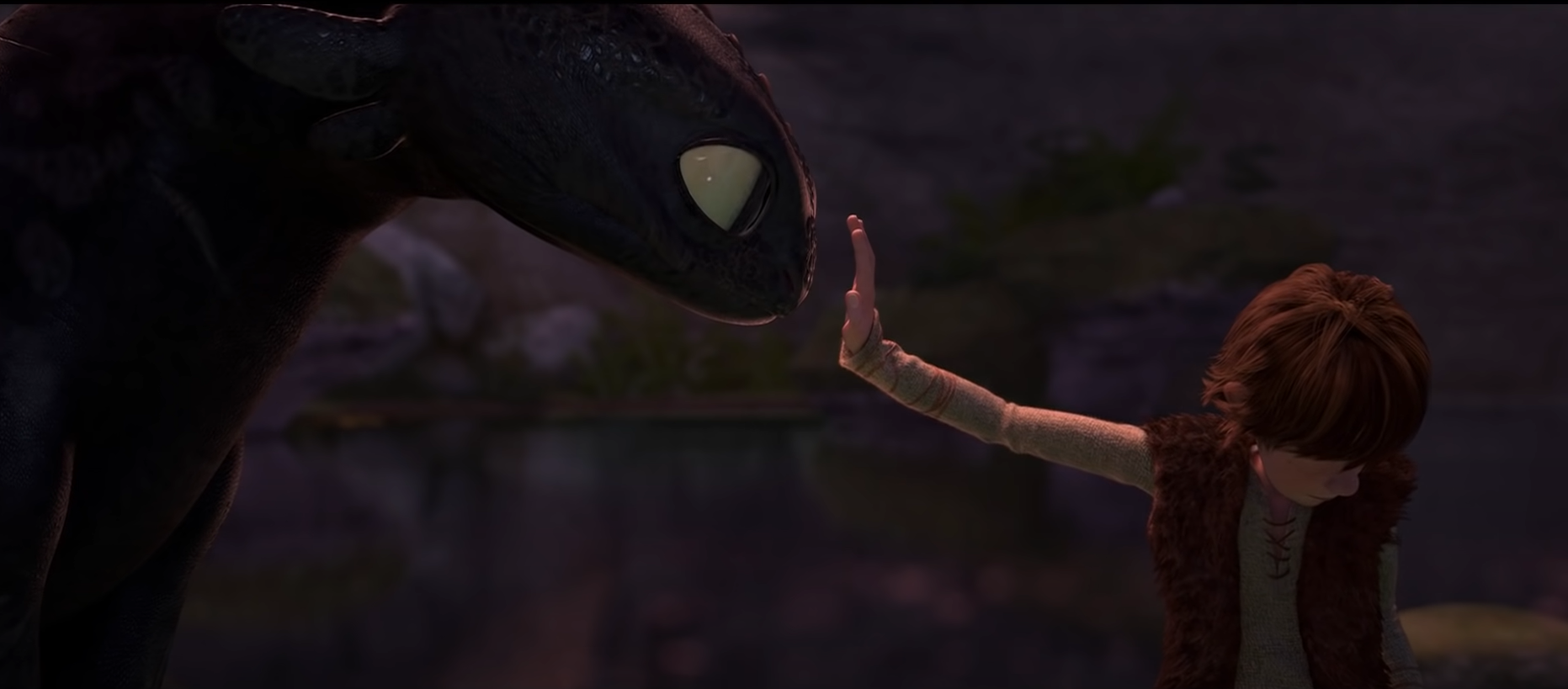
In How To Train Your Dragon, common sense dictated that the dragons were bad and should be killed. Only through skepticism and open-mindedness did Hiccup realize a more complex truth. Similarly, it can be tempting to accept easy and comfortable beliefs without evidence. However, just like in the movie, the consequences of this are far more dangerous and costly than the intellectual work required to maintain a healthy skepticism. A lack of critical thinking, at best, causes people to waste time and energy on unfounded concepts. At worst, it brings the very nature of reality into question and justifies destructive mindsets.
Creativity Builds A Better Way
Once a society realizes it needs to change, creativity is needed to bring it about. If a problem is shown to have more complexity than previously thought, attempting to fix it using the same solution won’t work. In How To Train Your Dragon, Hiccup has to overcome several obstacles: surviving in training, restoring Toothless’s ability to fly, and reaching the final battle. The first two require lots of trial and error, and the last relies on his peers and their willingness to trust his knowledge about dragons.
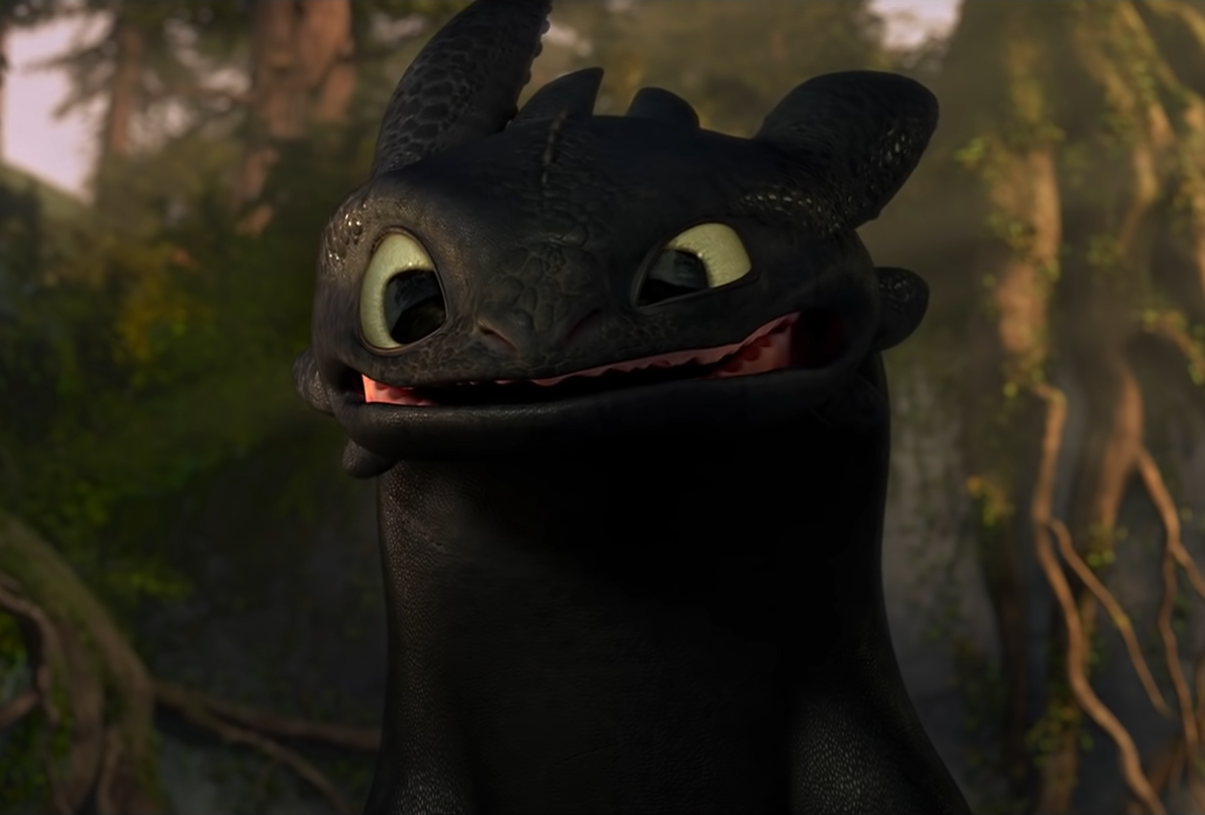
Creativity is important for reducing conflict because it fosters innovative solutions. The failure of established systems often brings about a need for change, so leaning into those systems rarely does more than exasperate the issue. Just like Astrid encourages Hiccup to do “something crazy” after Toothless has been taken, radical action is sometimes needed for severe, long-lasting problems. Using new information to drive out-of-the-box thinking lays the practical framework for lasting change.
Everyone Has A Part To Play
Just like Hiccup couldn’t change his village alone, these tools don’t work if only a few people use them. Everyone’s responsibility is to put themselves in others’ shoes, change their minds when they are wrong, and try something new when an issue changes shape. If values like these become part of a culture, necessary change becomes easier, and conflicts become more about collaboration than demonization.
